DNA reveals the past and future of coral reefs
New DNA techniques are being used to understand how coral reacted to the end of the last ice age in order to better predict how they will cope with current changes to the climate. James Cook Univer

From 2005 to 2022, the main node of the ARC Centre of Excellence for Coral Reef Studies was headquartered at James Cook University in Townsville, Queensland (Australia)
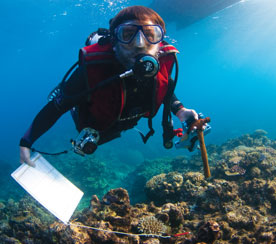
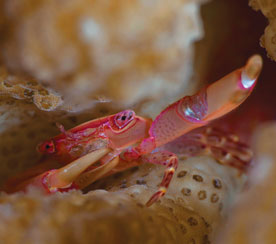
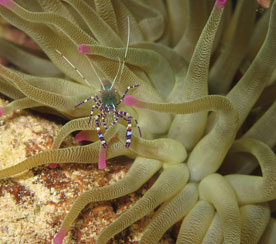
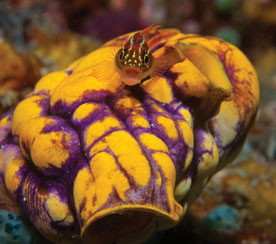

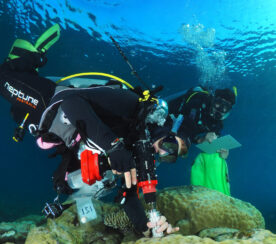
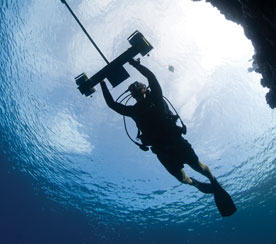
My research interests and experience are centered on the evolution, phylogeography, species boundaries and population connectivity of coral reef fishes. I frequently try to combine multiple methods to reveal reef connectivity which involving molecular tools and otolith chemistry. Also, I applied molecular tools to test biogeographic (barriers and historical evens) and taxonomic (color morphs and cryptic species) hypotheses. Current research projects include comparative phylogeography of Pomacentrus. coelestis complex, species boundaries of Apogon .properuptus complex and the connectivity pattern of Cromileptes altivelis (humpback grouper) in Penghu Island.
Understanding dispersal patterns and population connectivity is crucial to the conservation and management of fish assemblages in reef ecosystems. The connectivity patterns also affect the biogeographic distribution and genetic structure of marine taxa on the evolutionary scale. We conducted two independent studies to reveal the population connectivity and phylogeography of neon damselfish in the Pacific. In the first study, we collected fishes from six sites between Hainan Island (China) and Okinawa (Japan) to examine the population connectivity of P. coelestis populations by using otolith chemistry and the mtDNA control region as tracers. In the second, we expanded the sampling scheme across the Coral Triangle and Micronesia to test the biodiversity theories through phylogenetic analysis.
Overall, our data suggest the hydrodynamic pattern plays a major role on the connectivity of P. coelestis populations around Taiwan. The phylogeographic analysis revealed that the Pacific clade and Micronesia clade might have different demographic histories and dispersal processes, suggesting that they could be two recently derived sibling species. The former clade fits with either center of origin or center of overlap hypotheses, and the latter clade was unable to fit with any hypothesis due to recent population expansion.
New DNA techniques are being used to understand how coral reacted to the end of the last ice age in order to better predict how they will cope with current changes to the climate. James Cook Univer
A new study on the effects of climate change in five tropical countries has found fisheries are in more trouble than agriculture, and poor people are in the most danger. Distinguished Profess
James Cook University researchers have found brightly coloured fish are becoming increasingly rare as coral declines, with the phenomenon likely to get worse in the future. Christopher Hemingson, a
Researchers working with stakeholders in the Great Barrier Reef region have come up with ideas on how groups responsible for looking after the reef can operate more effectively when the next bleaching
Abstract: As marine species adapt to climate change, their heat tolerance will likely be under strong selection. Individual variation in heat tolerance and its heritability underpin the potential fo
Abstract: The Reef Ecology Lab in KAUST’s Red Sea Research Center explores many aspects of movement ecology of marine organisms, ranging from adult migrations to intergenerational larval dispersal
Abstract: Macroalgal meadows are a prominent, yet often maligned component of the tropical seascape. Our work at Ningaloo reef in WA demonstrate that canopy forming macroalgae provide habitat for ad
Abstract: Sharks are generally perceived as strong and fearsome animals. With fossils dating back at least 420 million years, sharks are not only majestic top predators but they also outlived dinosa
Abstract: Connectivity plays a vital role in many ecosystems through its effects on fundamental ecological and evolutionary processes. Its consequences for populations and metapopulations have been
Abstract: Evolution of many eukaryotic organisms is affected by interactions with microbes. Microbial symbioses can ultimately reflect host’s diet, habitat range, and even body shape. However, how
Abstract: The past few years have seen unprecedented coral bleaching and mortality on the Great Barrier Reef (GBR) but the consequences of this on biodiversity are not yet known. This talk will expl